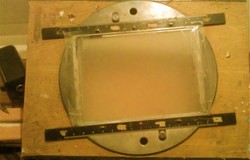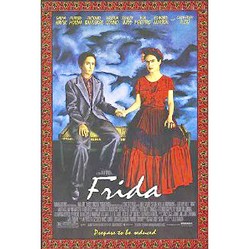As of this writing I've been working in the animation business for over 20 years. I have worked at small shops and big corporations like Disney and DreamWorks. I've worked on "traditional" or "hand-drawn" features, low-budget commercials and huge-budgeted, Oscar-winning special effects spectaculars. It's been a rewarding, challenging and, I think, unique journey that has garnered me a lot of success and has garnered my friends and family a lot of...confusion!
In this article I will attempt to shed some light on the complex, ever-evolving world of "animation" and share some of the things I know about the industry that are not common, or often misunderstood.
To clarify, and to keep things simple (an article, "What Is Animation?" would be book length!) I'm limiting my discussion to the kind of animation I have been primarily involved in, that is, professional animated feature films where there are:
1) images created by drawing single frames of action, shot on film and projected so they appear to be moving and
2) images created on a computer, rendered one frame at a time and played back so they appear to be moving.
There are endless details as to differences in animation techniques, styles and levels of complexity; I'm assuming my reader has a general understanding of how animation works and concentrating here on the business of commercial animation as a job I have worked in: bigger budgeted films that you might see at your local theater.

















 Tips To Help You Stay On A Fitness Routineon 07/25/2013
Tips To Help You Stay On A Fitness Routineon 07/25/2013
 Tips To Look Out For In A New Relationshipon 07/24/2013
Tips To Look Out For In A New Relationshipon 07/24/2013
 Four Stupid Movieson 07/24/2013
Four Stupid Movieson 07/24/2013
 Five Stupid Songson 07/21/2013
Five Stupid Songson 07/21/2013



Comments
Beautiful article on animation as business... I worked on radio and several TV stations for decades, so I already knew most of the facts you presented, but you still made some very nice points. I especially liked the one about working on animated movie and life - enjoy every day, not wait for some final result. What I find particularly fascinating in entertaining industry is technology. It is made to make life easier, cut expenses and still we need hundreds of hours for only few seconds of moving pictures, still without sound, music and all post production. I remember how we made only one 30 sec jingle in classic style with one simple mix of two songs, voice over and scotch tape. It took two hours and three men to make it. But if we had all the digital help available, we would probably spend two full days...